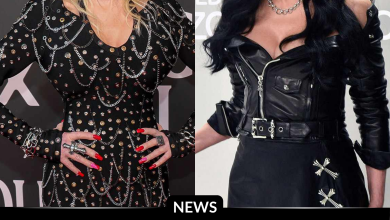She Turned From Mother to Pop-Art Icon in One Shot — Will.i.am Counters Claims Fergie’s “M.I.L.F.$” Video Was “Ridiculous”
OPINION: This article may contain commentary which reflects the author's opinion.
The 2016 release of “M.I.L.F.$” — a brightly stylized, hyper-theatrical video featuring an exaggerated 1950s suburbia — drew unusually sharp online criticism. One YouTube reviewer said it looked like a “low-grade movie” and dismissed Fergie’s performance as “ridiculous.”
Will.i.am, who worked with Fergie for more than a decade in The Black Eyed Peas, rejected that reading.
“She turned from ‘mother’ to icon in just one shot. That’s art, not overacting.”
The point of this defense is that the single was not designed as realism — it was designed as caricature. Fergie was not playing a person — she was playing a symbol. The director Colin Tilley built an entire candy-colored world to exaggerate the pressures placed on women after they become parents: glamour without rest, image without privacy, poise without time.
The video’s theatrical exaggeration was the point.
“M.I.L.F.$” arrived during an inflection moment in Fergie’s career: it was the first major audiovisual statement previewing her second solo album Double Dutchess after years focused on family and after the massive global success of her debut The Dutchess, which sold roughly nine million copies worldwide.
The visual shock was not an accident — it was the pivot.
Will.i.am’s argument is that Fergie was doing what provocative pop art is supposed to do: distort the frame so the viewer feels the tension.
A single frame flipping a parent figure into a stylized superstar was not “overacting” — it was the thesis.



